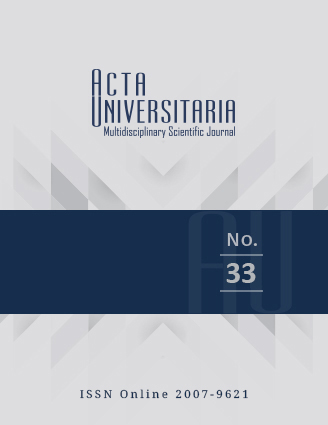Publicado 2023-07-26
Cómo citar
Resumen
El presente estudio es transversal analítico cuyo objetivo fue evaluar la relación de adipocinas con marcadores de función hepática en 100 pacientes con diabetes mellitus gestacional (DMG) y 100 controles. Se realizó una regresión lineal multivariada para cada marcador hepático ajustada por edad, características antropométricas, paridad y antecedentes familiares de diabetes mellitus tipo 2. En DMG, la resistina y la lipocalina asociada con la gelatinasa de neutrófilos (NGAL) correlacionaron con lipoproteínas de baja densidad (LDL) y la leptina con la bilirrubina indirecta. En controles, la NGAL correlacionó con triglicéridos, con lipoproteínas de muy baja densidad (VLDL) y con la bilirrubina directa, mientras que la leptina correlacionó con diversas fracciones de bilirrubinas; por último, la proteína C reactiva correlacionó con lipoproteínas de alta densidad (HDL), aspartato aminotransferasa (AST), albúmina y proteínas totales. En conclusión, los resultados sugieren una interacción fisiológica entre el tejido adiposo y el hígado durante el embarazo, independientemente de la presencia o no de DMG.


